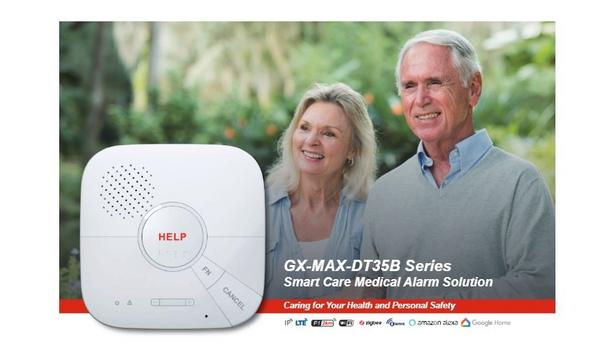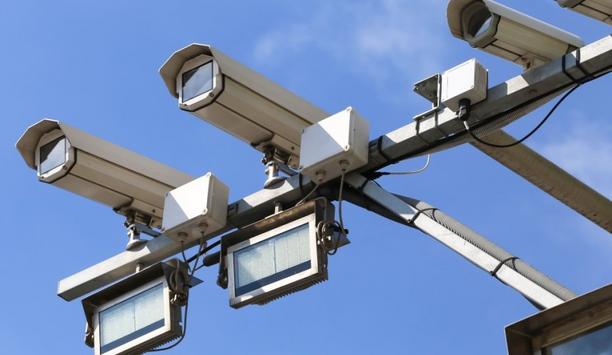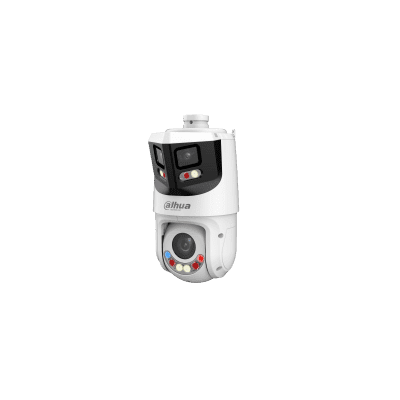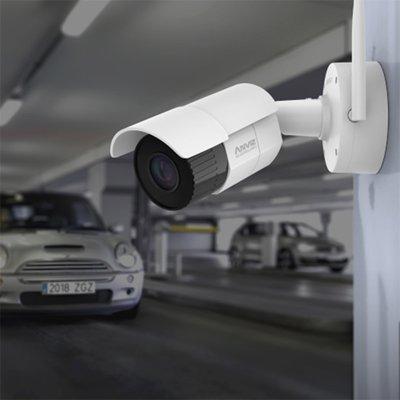As the number of connected devices increases worldwide, the ways that they are being used, designed, and tested have also expanded. The rise of connected devices is demanding engineers to harness the power of the internet of things, which is expected to hit 28 billion by 2025.
A comprehensive approach to device design is needed more than ever to address the challenges that this rapid growth will bring.
Why engineers should be using IoT technology in product design
The demand for devices designed to use the Internet of Things (IoT) technology is increasing as more industries are finding expanded ways to put them into use. Industries such as healthcare, automobiles, and agriculture are becoming more dependent on cloud capabilities and are therefore in need of new devices able to connect to it.
Due to this rise in demand, an increasing amount of devices are delivering a multitude of benefits both to consumers and companies. However, this new wave of products has led to a growing list of challenges for engineers as they are forced to address IoT tech in regards to connectivity, regulations, longevity, and security.
Ways to use IoT in the development process
Engineers are facing these new challenges along with the normal pressure of deadlines and test considerations. By approaching all of these issues from a comprehensive point-of-view, the solutions become clearer and new device capabilities can be born. Let’s look at the challenges individually as well as possible solutions for them.
Improving connectivity
IoT enables data to be transferred between infrastructure, the cloud, and devices, making the process smooth
Because IoT is based around connection, it’s no surprise that the primary challenge for engineers to overcome is the improvement of connectivity between devices. IoT enables data to be transferred between infrastructure, the cloud, and devices, so making this process as smooth as possible is crucial.
The main challenges involved with connectivity have to do with development and product testing while meeting industry standards and best practices. Additionally, many companies lack the necessary equipment and technology to develop new IoT devices, which makes it difficult to create scalable prototypes and test new products.
Suggested solutions
To address the issue of not having the expertise and necessary tools for testing, we suggest outsourcing the prototyping and evaluation process instead of attempting to tackle this in-house. By doing this, you’re able to free up resources that would otherwise be needed for expensive equipment and qualified staff.
Helping comply with regulations
When working with devices that are connected across the world, there is a complex web of regulations and conformance standards that can lead to challenges for engineers. The necessity of complying with these regulations while also pushing to meet deadlines can be burdensome and lead to an increase in production time and expenses.
Failure to comply with global and regional laws, as well as system and carrier requirements, can lead to fines and costly setbacks. This type of failure can destroy a company’s reputation on top of causing financial losses, often leading to the loss of business.
Suggested solutions
By testing the IoT device design and components early, engineers can address any pre-compliance issues that may arise. During the early stages of development, we suggest using scalable and automated test systems readily available in the marketplace.
Improved communication with other devices
New challenges arise as new devices hit the market and existing technologies are redesigned to offer a better experience
In the rapidly growing number of connected devices, new challenges will arise as new devices hit the market and existing technologies are redesigned to offer a better user experience.
This rapid growth in devices will lead to congested networks leading to the necessity of devices being able to function in the midst of increased traffic and interference. Failure to do this will lead to delayed responses which could prove to be fatal.
Suggested solutions
The best solution for this issue is found in the evaluation process and supporting test methods that the Institute of Electrical and Electronics Engineers (IEEE) published in the American National Standard for Evaluation of Wireless Coexistence (ANSI). This process addresses the interconnectivity issues present in radio frequency environments.
The outlined process involves defining the environment and evaluating the wireless performance of the equipment through thorough testing. An in-depth version can be found in its entirety online.
Increasing the longevity of devices
IoT devices are being used in vital industries such as healthcare and automotive so battery life and power consumption are two challenges that engineers must take seriously. A failure in this area could potentially lead to loss of life or safety concerns on the road.
As new firmware and software are being designed to address these factors, engineers must be implementing them into IoT devices with the ability to be continually updated.
Suggested solutions
Longevity should be addressed in all aspects of the design process and tested thoroughly using a wide range of currents. By doing this, an engineer can simulate consumer applications to best predict performance.
Security
Security and privacy are concerns with any technology, but with the use of IoT in medical devices, it’s paramount
Security has been a controversial issue for IoT since its inception. Security and privacy are concerns with any technology, but with the widespread use of IoT in medical devices, smart home appliances, and access control and surveillance, it’s paramount.
For example, medical devices may store information about health parameters, medications, and prescriber information. In some cases, these devices may be controlled by an app, such as a smart pacemaker, to prevent heart arrhythmias. Naturally, a security issue in these devices could be devastating.
Another example of dangerous security concern is with surveillance cameras and access control, such as for home or business security systems. These intelligent door locking systems contain locks, lock access controllers, and associated devices that communicate with each other. Suspicious activities are flagged with alerts and notifications, but if a hacker gains access, it can lead to real-world, physical danger.
Security design points
Here are some key points for security design:
- Physical security: IoT devices may be in external, isolated locations that are vulnerable to attack from not only hackers but by human contact. Embedding security protection on every IoT device is expensive, but it’s important for general security and data safety.
- Security of data exchange: Data protection is also important because data gets transmitted from IoT devices to the gateway, then onto the cloud. With surveillance and access control information or sensitive medical information, and encryption is vital to protecting data from a breach.
- Cloud storage security: Similar to data exchange, the information stored in medical devices, surveillance and access control systems, and some smart appliances with payment features, must be protected. This includes encryption and device authentication through access control, which can police what resources can be accessed and used.
- Update: Security vulnerabilities will always occur, so the key to addressing them is having a plan to address errors and release patches. Customers should also have options to secure devices quickly and effectively.
Suggested solutions
Engineers can include security and protection into IoT devices with early and perpetual testing throughout the design process. Most security breaches occur at endpoints or during updates, giving engineers a starting point for how to address them.
Creating more secure devices
Ensuring the security of connected devices should be of supreme importance for engineers as these devices are vulnerable to security breaches. The ultimate security of devices goes beyond the scope of engineering as the network and enterprise levels must also be secure to protect against potential threats. However, engineers play a role in this protection as well and should consider device security in the design process.
Suggested solutions
On a device level, engineers can help protect IoT devices from vulnerabilities by implementing early testing and continuing it throughout the design process. Most security transgressions occur at endpoints so this continual testing can, and should, create barriers to breaches.
Regulations and compliance
For IoT engineers, the complex web of regulations and compliance standards present new challenges
Regulations and compliance surrounding data and technology are nothing new, but for IoT engineers, the complex web of regulations and compliance standards present new challenges. Engineers are already addressing obstacles in security and connectivity, all while meeting deadlines, and working around regulations adds time and expense to the process.
Unfortunately, a failure to comply with global, regional, or local laws can lead to setbacks and fines. In addition to time lost in production and possible fines, the damage to a company’s reputation can lead to even more losses.
Suggested solutions
Compliance should be considered early and often in the design process. In the early stages of development, the IoT device or components can be tested to address and compliance issues. If possible, use a scalable and automated test system.
The comprehensive solution
As we stare at an uncertain future full of possibilities, it’s clear to see that new challenges will continue to be presented as technology evolves and new innovative devices are designed by engineers. By addressing these issues early and often, solutions can be implemented and problems prevented before they even have a chance to occur thanks to sound engineering and solid design.























